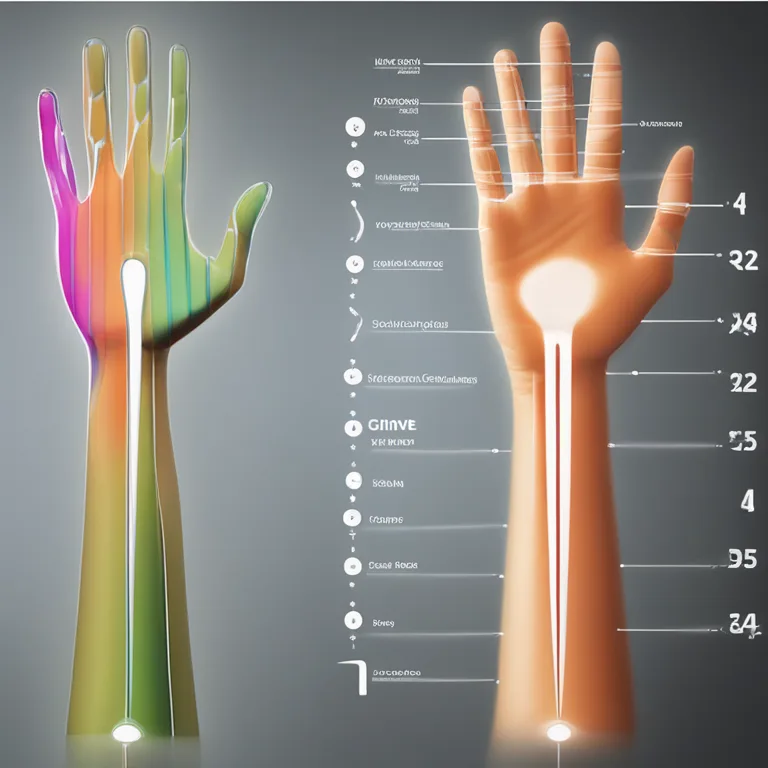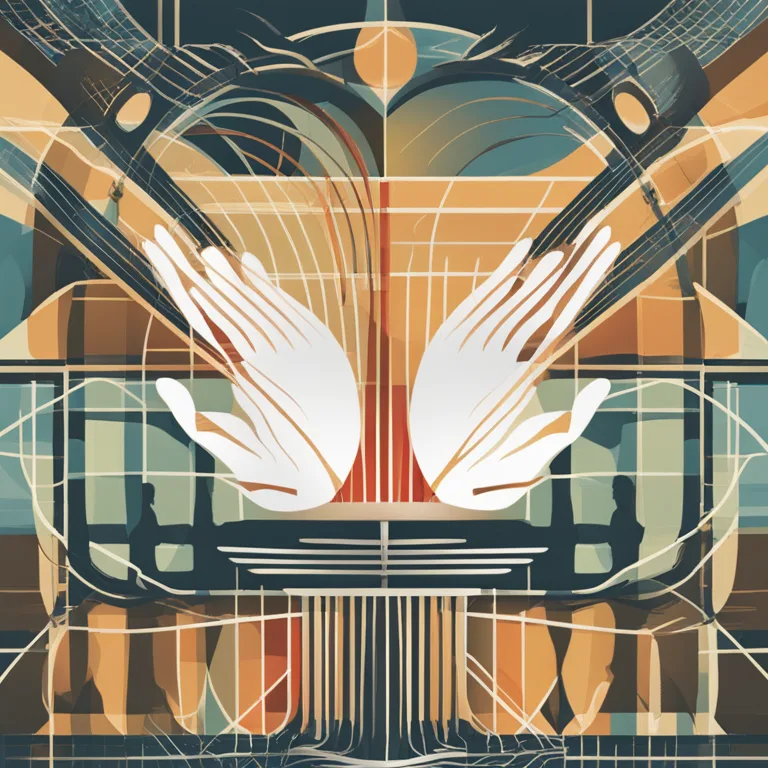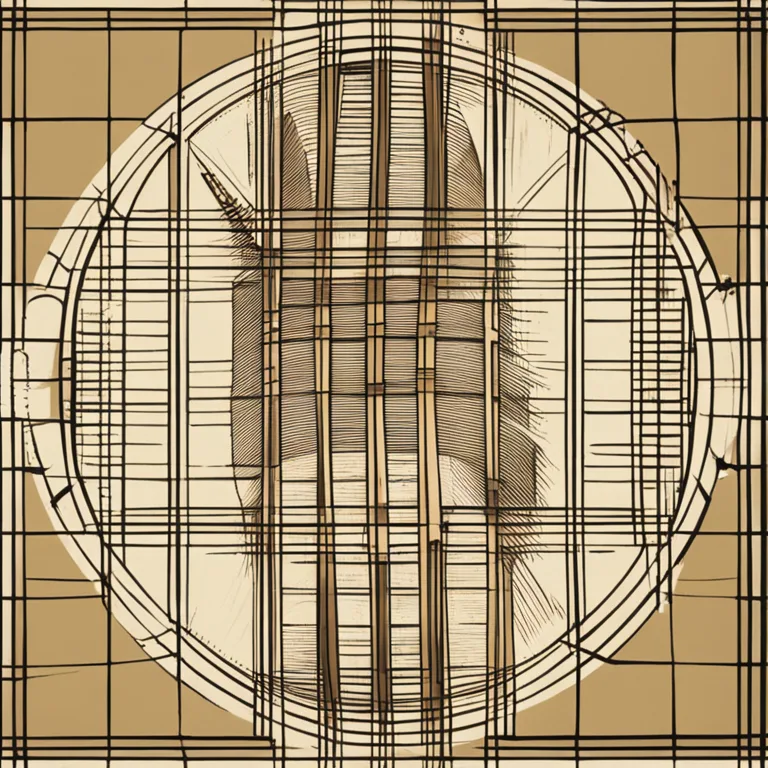
Palm Lines in Motion: Exploring Ever-Changing Nature
Delve into the fascinating reasons behind the changes in your palm lines over time.
article by Nora Pennington
Introduction to Palm Lines
Palmistry, an ancient practice, reads the lines on human palms to decipher individual paths and personality traits. Integral to this study are the palm lines themselves, which are believed to be dynamic maps of life. From the heart line to the life line, each crease and curve holds potential insights. But a little-known fact is that these lines aren’t static; they change over time, reflecting developments in one's life journey. In this article, we will delve into the catalysts behind these evolving lines.

The Science Behind Palm Line Changes
Contrary to popular belief, palmistry does have a basis in science. The epidermis, the outermost layer of skin on the hands, is subject to change through a variety of factors. Elasticity, hydration, and the body's collagen production are all elements that impact skin condition and can alter the appearance of palm lines. As these factors fluctuate with age and environmental influences, so too do our palm lines. This transformation is slow and incremental, mirroring the gradual shifts that occur within our bodies.

Life Experiences and Palm Lines
Our life experiences often leave a physical mark on our bodies, and our palms are no exception. Stress, for instance, can cause the hand muscles to contract, deepening certain lines while diminishing others. Major life changes, such as career shifts or the end of relationships, can also manifest on our palms. Observers of palmistry suggest that these experiences can accelerate changes in our palm lines, reflecting our personal growth and the new paths we embark on.

Health and Your Palms
The correlation between health and palm lines is a significant area of consideration. Medical conditions, particularly those affecting nerves or blood circulation, can alter the texture and clarity of palm lines. For example, conditions like diabetes can cause changes in one's skin, indirectly influencing palmistry readings. Wellness and lifestyle choices, such as diet and exercise, also play a role in maintaining line definition and hand health.

The Psychological Perspective
Beyond physical causes, there’s a psychological aspect to why palm lines might change. Sustained mental states can impact our physical bodies. Chronic anxiety, for instance, can result in a persistent hand posture that gradually remodels the lines of the palm. Observational palmists propose that as we evolve mentally and emotionally, our lines subtly shift to mirror these internal transformations, offering a window into our subconscious processes.
Cultural and Spiritual Influences
From a cultural and spiritual perspective, palm lines are seen as conduits of personal narrative and energy. In some traditions, it's believed that the lines change as a person's fate or destiny unfolds. While this may lack empirical evidence, it showcases the diverse lenses through which palm lines are perceived. This view holds that as our spirituality deepens and our understanding of the world expands, our palm lines respond in kind.
Conclusion: Lines as Life's Manuscript
In conclusion, the changes in palm lines are a confluence of scientific, experiential, health-related, psychological, and spiritual factors. Just as a well-loved book acquires creases in its spine, our palms develop lines that narrate our lived experiences. Whether viewed through a mystical or rational prism, these changes serve as a testament to the dynamic and ever-evolving nature of human life.
Published: 1/3/2024
Modified: 1/3/2024
More predictions
Come back here soon to learn more about yourself and your future


The Intersections of Palmistry & Psychology
Examine palmistry's role and presence within the field of modern psychology.


The Mystique of Left & Right: Palmistry Hand Differences
Discover the meaningful distinctions in palmistry between the left and right hands, and what these differences reveal about your path and personality.


The Ring of Solomon in Palmistry
The Ring of Solomon is a palmistry feature with roots in myth and mystique. Discover its meaning and implications for wisdom and intuition.